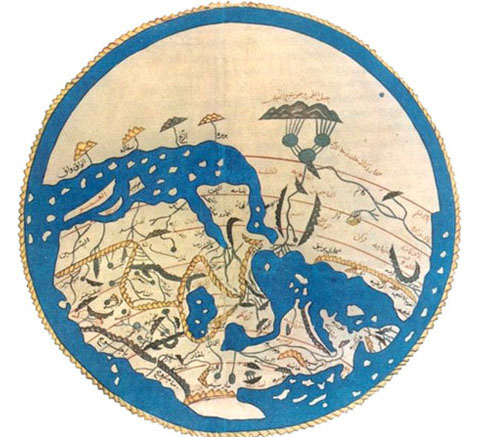The Language of Exile: Hispano-Jewish Culture Before and After 1492
Monday, May 22, 6:30pm at Chautauqua Historical Park, Boulder
On 31 March 1492, Fernando and Isabel, the “Catholic Kings” of Castile and Aragon promulgated the Alhambra Decree, ordering the Jews of their lands to convert to Catholicism or abandon their ancestral lands for exile on or before 31 July. Of those 40–50,000 or so Jews who had not converted to Catholicism over the previous century, about half chose exile, and departed to the Ottoman lands, the Netherlands, Italy, Morocco or other lands.
Jews had been living in Spain since the Roman times. After being persecuted and marginalized under the rule of the Visigoths in the early Middle Ages, the Arab Muslim conquest of 711 laid the foundations for what would become the most numerous and dynamic Jewish community of Medieval Europe. Under Islamic rule Jews flourished economically and culturally, both as participants in Arabo-Islamic culture. As Christian kingdoms encroached on Islamic Spain after the year 1100, some Jews migrated north, taking on important roles in finance and administration and educated professions, and serving as a hinge between Latin Christian and Islamic societies. By the late 1200s there was a large and diverse community living in the peninsula, which was at once legally and religiously distinct, and linguistically and culturally integrated in these emerging Spanish societies. However, social, religious and economic pressures, sometimes expressed in official repression and popular violence – notably a series of pogroms in 1391 – led many Jews, genuinely or not, to convert to Christianity. By the late 1400s these pressures mounted, and Christian authorities worried that converts were being encouraged by Jews to secretly return to Judaism, leading Isabel the Catholic to order the expulsion of any Jews who would not convert to Catholicism.
One of the legacies of this community, which survived the exile is the language of the contemporary Sephardim or Spanish Jews. Known as “Ladino” or Judezmo, it is rooted in the Old Castilian spoken by Jews in the era of the Expulsion and was traditionally written in Hebrew letters. The Iberian Jews of the fifteenth century produced mostly communal-oriented literature. Following the expulsion, Ladino was dispersed across the Mediterranean and Europe, and became the main language of the Sephardic communities throughout the Ottoman Empire. Here Judezmo literature blossomed in a whole range of genres, and it has survived up to today, with a Ladino newspaper continuing to be published in Istanbul.
On Monday, May 22 at 6:30pm at Chautauqua Historical Park in Boulder, we welcome David Bunis, the leading authority on Ottoman and post-Ottoman Judezmo language, together with two CU Boulder faculty members to provide a brief introduction to Hispano-Jewish society, culture and literature, both before and after 1492.
Program:
Welcome Remarks
• Steve Leigh (Dean of Arts & Sciences, CU Boulder)
“The Jews of Medieval Spain: Convenience and Convivencia”
• Brian A. Catlos (Religious Studies, CU Boulder)
“Ritual and Culture Bearing Among the Crypto-Jews in the Americas”
• Janet Jacobs (Anthropology, CU Boulder)
“Judezmo/Ladino: The Jewish Language of the Ottoman Sephardim”
• David Bunis (Linguistics, Hebrew University)
Questions
Information:
Free & open to the public. Entry with ticket only.
Begins punctually at 6:30pm • Doors open at 6:10pm.
For information contact: Jeffrey Baron (jeffrey.baron(at)colorado.edu)
Tickets:
Tickets available until May 15 only.
For CU Faculty & Students, get your ticket by contacting Jeffrey Baron (jeffrey.baron(at)colorado.edu)
For the Boulder community & members of the public, get your ticket here.
